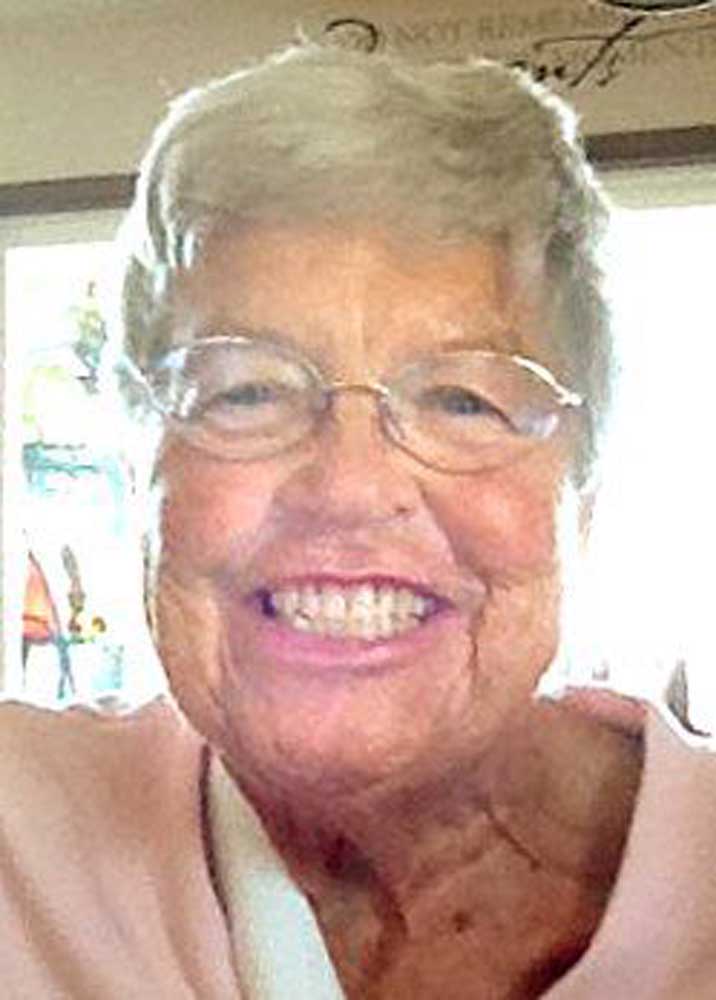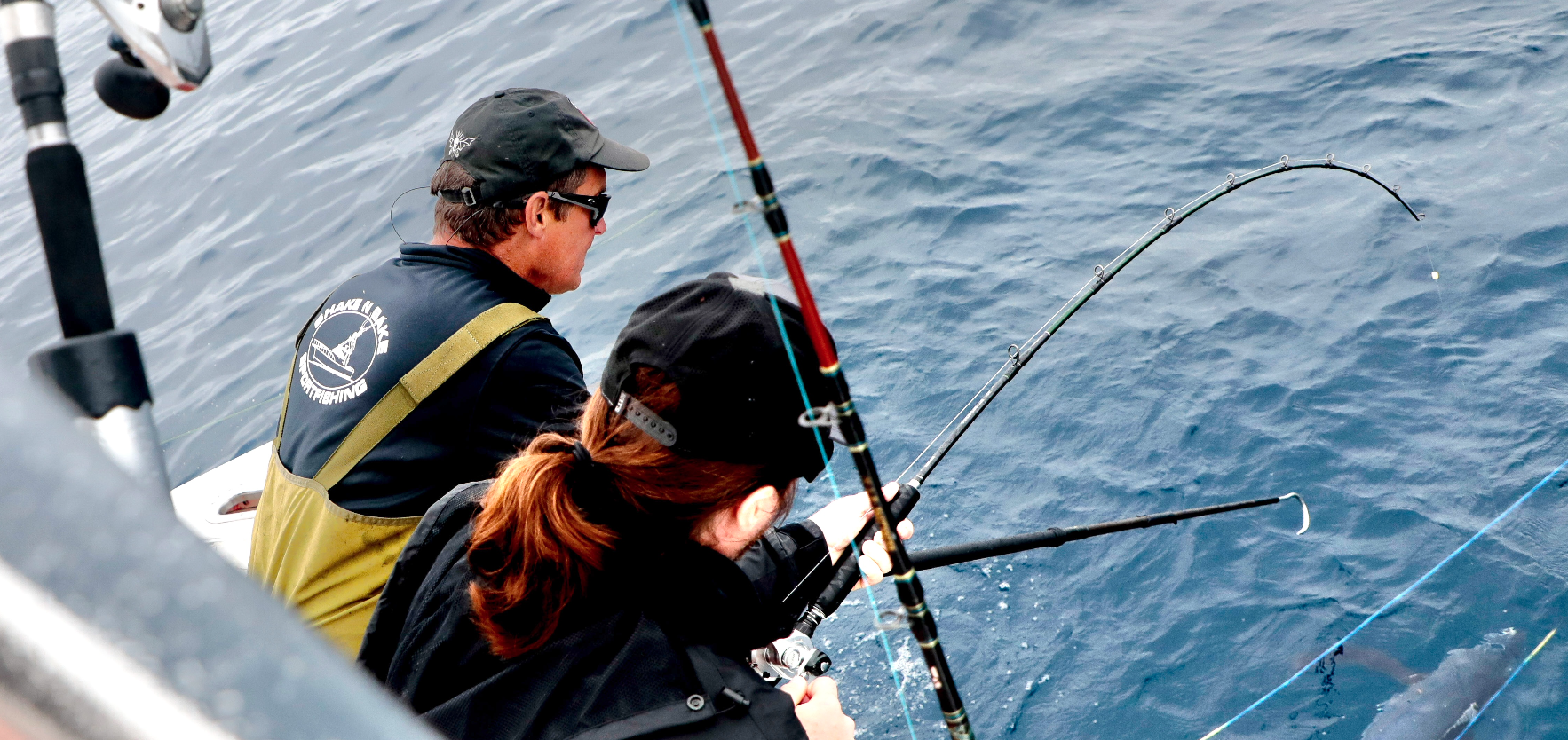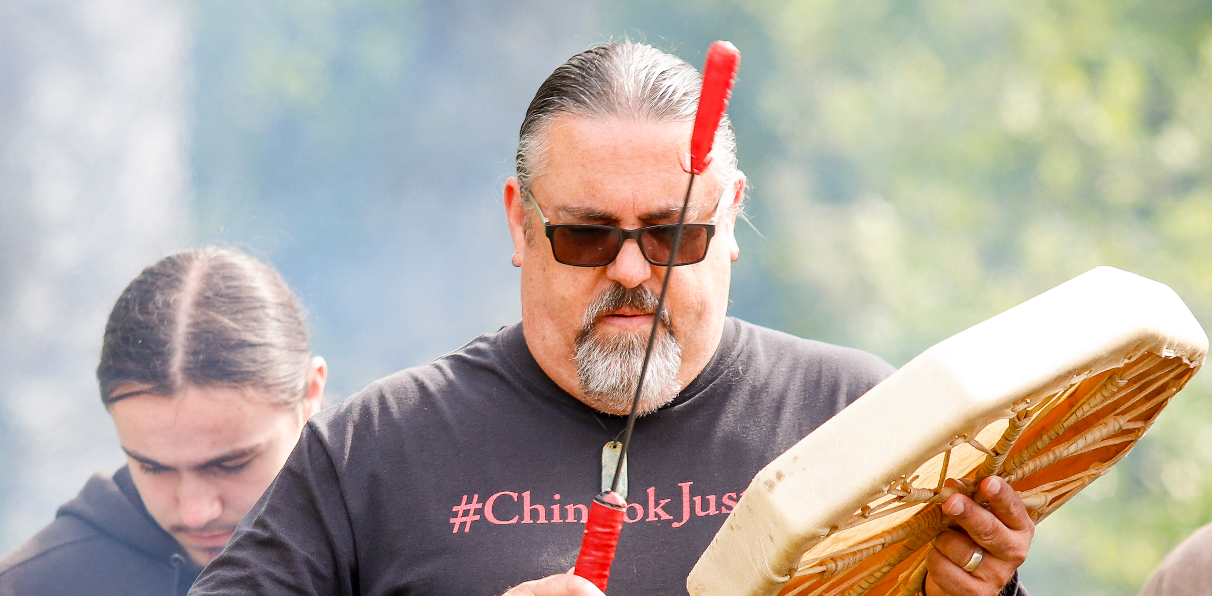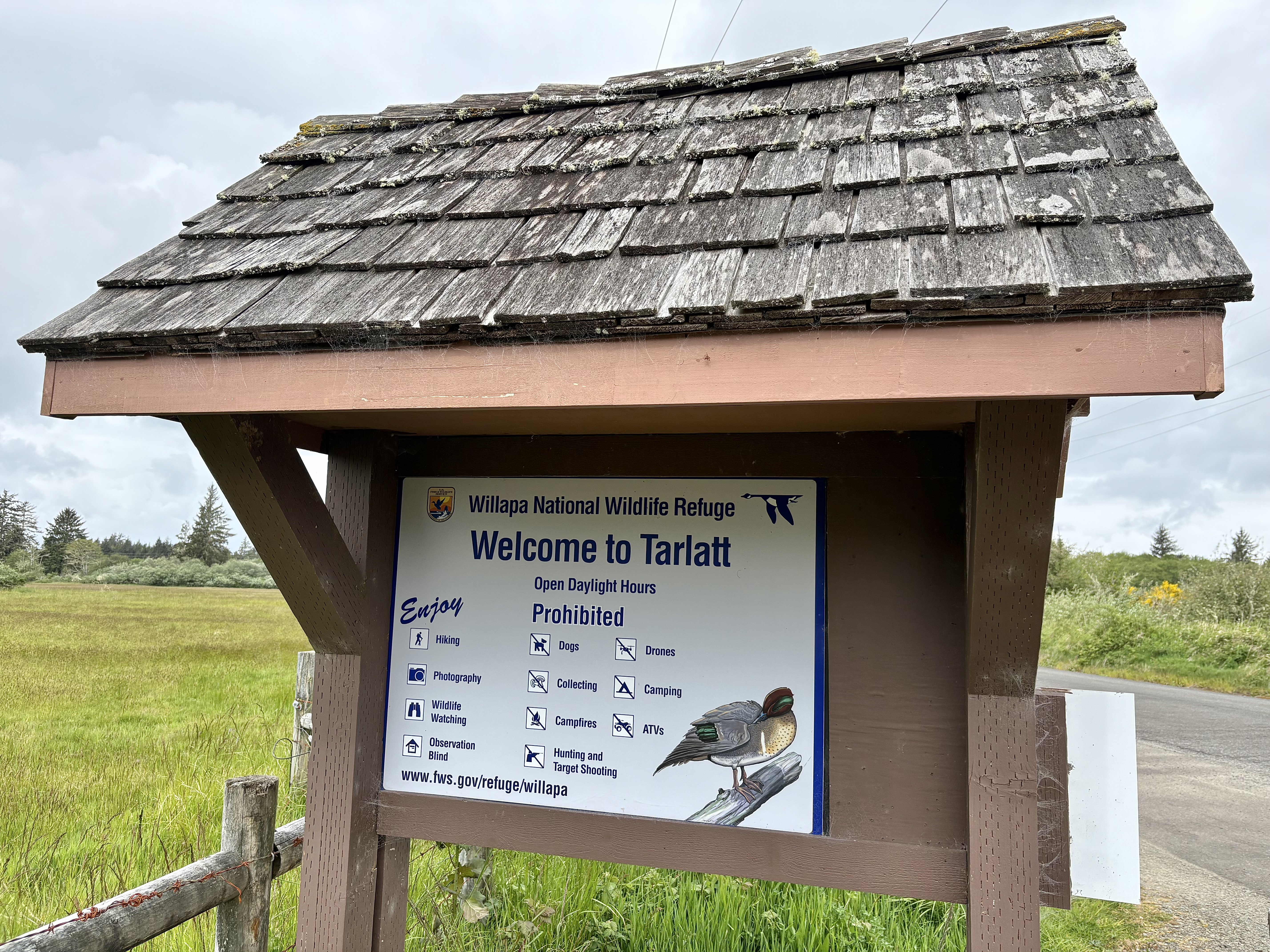Local Hero: Nice young officer lost his life on our beach
Published 1:01 pm Friday, June 5, 2015

- Barbara Diamond, 84, still has vivid memories of the day her first husband, Eugene Bolstad, lost his life while trying to save the lives of others.
It has been 63 years since Patrolman Eugene A. Bolstad — the man for whom Long Beach’s Bolstad Avenue is named — drowned while trying to rescue two young men. But his widow, Barbara Diamond, 84, still remembers certain details of that day as clearly as if they had happened last week.
Trending
In recent phone interviews, Diamond, who now lives in Tacoma, shared her memories of the afternoon when her husband saved one man’s life, but drowned along with the second young man, a recent high school graduate named Alvin Wiese.
In September 1957, Eugene Bolstad was in love with Barbara, and with his job with the Washington State Patrol.
Though the two Tacoma natives both went to Stadium High School, they didn’t really meet until 19-year-old Barbara was working as a model in a downtown department store.
Trending
Gene and his half-brother Charles Fain were both on the city police force and he would come to the store to visit her when he was on duty. At about 6’4”, the confident former basketball player and champion swimmer made an impression.
“He had lots of girlfriends, was tall, good-looking. He was a life-guard,” Diamond recalled.
During a short courtship, the two went to dances at the Evergreen and Century Ballrooms. They always had fun together, Diamond said, and it wasn’t long before they got engaged. Their September 1951 wedding portrait was featured on the front page of the Tacoma News-Tribune’s society section.
When Fain lost his leg in an on-the-job motorcycle accident the same year, Gene decided to quit the force, but he didn’t leave policing for long. The couple struggled financially after moving to Spokane, so Gene decided to enroll in the Washington State Patrol Academy in Kennewick.
Barbara Diamond recalls being happy with the decision, because WSP provided better working conditions and did a better job of training their officers. She thought police work was a natural fit for her husband.
“He was a really nice person that cared about people. He was so happy to help people, so he loved being on patrol.”
After graduation, Gene was assigned to the Peninsula. The couple bought a home and two little beach cottages in Klipsan Beach from the departing patrolman. While Gene patrolled, Barbara kept busy by renting the cottages to the city tourists who flocked to the beach during the long razor clam season.
“We had never been there, but it was really a fun place to be stationed,” Diamond remembered. She and Gene made lots of new friends, and often worked closely with local police, doctors and other responders when crimes and emergencies arose.
It was a lively existence. Barbara was used to taking police calls at all hours. Other locals regularly stopped by their house to visit.
“Gene was the patrolman that everybody went to because he had the most knowledge,” she explained.
Tuesday, Sept. 3, 1957 was a very warm day and people had flocked to the beach to swim, “even though there was a bad riptide.” As the busy afternoon wore on, friends began dropping in on Barbara, unannounced.
“People kept coming over. My friend came over and then the minister came over,” Diamond said. “I didn’t think much about these people coming to my house.” She made coffee and chatted with her guests. Some distance away, she could hear airplanes droning overhead, but she didn’t make much of that either.
Then, the phone rang.
It was a newspaper reporter from Portland, who abruptly said, “I hear your husband has drowned!” Barbara denied it, feeling confident that Gene was having a busy shift in his patrol car.
“I’m a 26-year-old gal that doesn’t even think about something like that happening to her husband,” Diamond said.
Then the local forester and his wife arrived on her doorstep. She looked around at the gathering crowd in her home. The truth hit her: The planes were searching for her husband.
“Is it Gene?” She asked the forester.
“Yes.”
According to the Sept. 6, 1957 Chinook Observer, Alvin Wiese, 18, of Cottage Grove, Oregon, and his friend Bob Leppaluoto of Vancouver were swimming about 50 yards south of First Street (now known as Bolstad Ave.), when Wiese was overcome by muscle cramps.
As Leppaluoto struggled to help his friend, sunbathers on the shore took notice. A 21-year-old Portland man named Dick Bauman charged into the water to help Wiese. Though it was low tide, the current was powerful, and shortly, he was struggling too. Bauman’s father went in after him and “barely saved his son from the undertow.” A man named Ben Sott joined the rescue effort and helped pull Leppaluoto back to shore.
A few moments later, an unidentified woman summoned Gene Bolstad. Still wearing his uniform, the 30-year-old patrolman went in after Wiese, a little after 2 p.m.
In the Observer’s account, “Bolstad, it seemed, was about to get Wiese back to safety when both men went down into a crab hole and did not resurface.”
The city quickly sounded a “drowning alarm,” triggering a response from Coast Guard Station Cape Disappointment. But as soon as the five responding guardsmen launched their surf boat, they were “swamped in rather rough water,” and had to return to shore to bale out their boat. They made it past the breakers on a second try and patrolled a wide swath of water, searching for the men without success.
About 90 minutes after the two men disappeared, three planes arrived to relieve the surf boat. Onshore, airmen from the Naselle Air Force base and WSP officers from Olympia, Vancouver and Chehalis combed the beach.
A little before 5 p.m., Wiese’s body washed ashore about a quarter-mile south of where they’d gone in. The foot patrols continued searching into the night and all the next day, to no avail — Bolstad’s body was not recovered until Sunday, Sept. 8, when two visiting men from Eugene happened upon it.
Diamond can still vividly recall the look on her husband’s face as he waved good-bye to her that morning.
“I’m sure that he felt very confident that he wouldn’t have any trouble saving this young man. I can just think that being the person he was … that he never anticipated any trouble,” Diamond said. “It was probably a shock to him, as it was to me, that he died.”
Wiese and Bolstad were actually the second and third local drowning victims that week, and there was nearly a fourth. On Sept. 2, Ilwaco resident Albert Kangiser and his three-year-old daughter Dorothy went over the side of a boat during a fishing derby in Chinook. Two fishermen in a nearby boat saved the little girl, but the elder Kangiser disappeared under the surface of the Columbia River. His body was not recovered until Wednesday, Sept. 11, when two gillnetters found him in an eddy five miles up river.
Two details from that day stand out in Diamond’s memory: The phone call from the thoughtless reporter, and the strange reaction from one of her guests.
The friends who showed up at her house that afternoon had acted as if nothing was wrong, because they were holding out hope that Gene Bolstad would be saved.
“They didn’t want to say anything to me. They didn’t know if he was dead or not,” Diamond said. But even after it became obvious why everyone had gathered there, the couple’s pastor never acknowledged the tragedy that had brought him to her door.
“The minister never said anything to me before, during or after. He just got up and left,” Diamond remembered. “I don’t think he knew what to say. That was very strange.” While she waited for her husband to come ashore, family members came down from Tacoma to sit with her. The WSP also jumped into action, planning memorial services and a relief effort on Barbara’s behalf.
“The Patrol was wonderful. They had this big funeral,” Diamond said. “Police came from all over. They took care of the finances, helped me with everything. As much as they could do, they did.”
Diamond describes herself as lucky in love. After moving back to Tacoma, she slowly began to make a new life for herself. She met her second husband, Paul Diamond, on a blind date, and learned that he had been on the swim team with Bolstad. His first wife had died tragically, leaving him with a young son.
When they married, Barbara Diamond became “an instant mother,” an experience she describes as “fun and wonderful.” Before long, they had a daughter too.
Though the two men were very different from one another, she says she was as happy with Diamond as she was with Bolstad. The two were married for more than 40 years, until his death in 2012.
Diamond can only recall returning to Long Beach two times.
The first was in June 1958, when the city held renamed the street and beach approach in Bolstad’s honor. Around 300 people, including dignitaries from the city, county and WSP attended. Local leader (and eventual state Senate majority leader) Sid Snyder presided over the ceremony, which included a color guard of airmen and guardsmen. Barbara Bolstad, Charles Fain and other family members were the guests of honor, and a Tacoma reverend gave an address.
After the funeral, Barbara had requested that people donate to a fund for life-saving equipment, in lieu of flowers. That money paid for a new jeep, tow-ropes, guard towers, signs and life rings, which local Lions Club members dedicated during the ceremony.
The Diamond family returned only one other time, when their son Dan was about eight years old, and had a second frightening encounter with the Peninsula’s unpredictable tides. While they were exploring the area below the Cape Disappointment Lighthouse known as “Dead Man’s Cove,” a “sneaker wave” roared in, seemingly out of nowhere. Had Dan not run like crazy, Diamond believes he would have been swept away.
“I had fried chicken in my Tupperware and it went out to sea,” Diamond recalled. “You never know when that wave is going to come up. The ocean is very dangerous.”
They escaped safely, and a group of kids retrieved her container and purse. But she was never tempted to return.
“I never have really liked the ocean anyway,” she laughed.
For many years, Diamond avoided talking publicly about Bolstad’s death, wishing to focus on the present instead. But she says she’s recently come to enjoy sharing her unique story.
“It’s been a very interesting life,” Bolstad said.
EDITOR’S NOTE: This story was made possible with kind assistance from the Washington State Patrol Memorial Foundation, a non-profit that honors Washington’s fallen patrolmen, and provides scholarships and financial assistance to WSP employees and families. For more information, visit www.wspmf.org/. (This story was updated on Sept. 5, 2020.)









